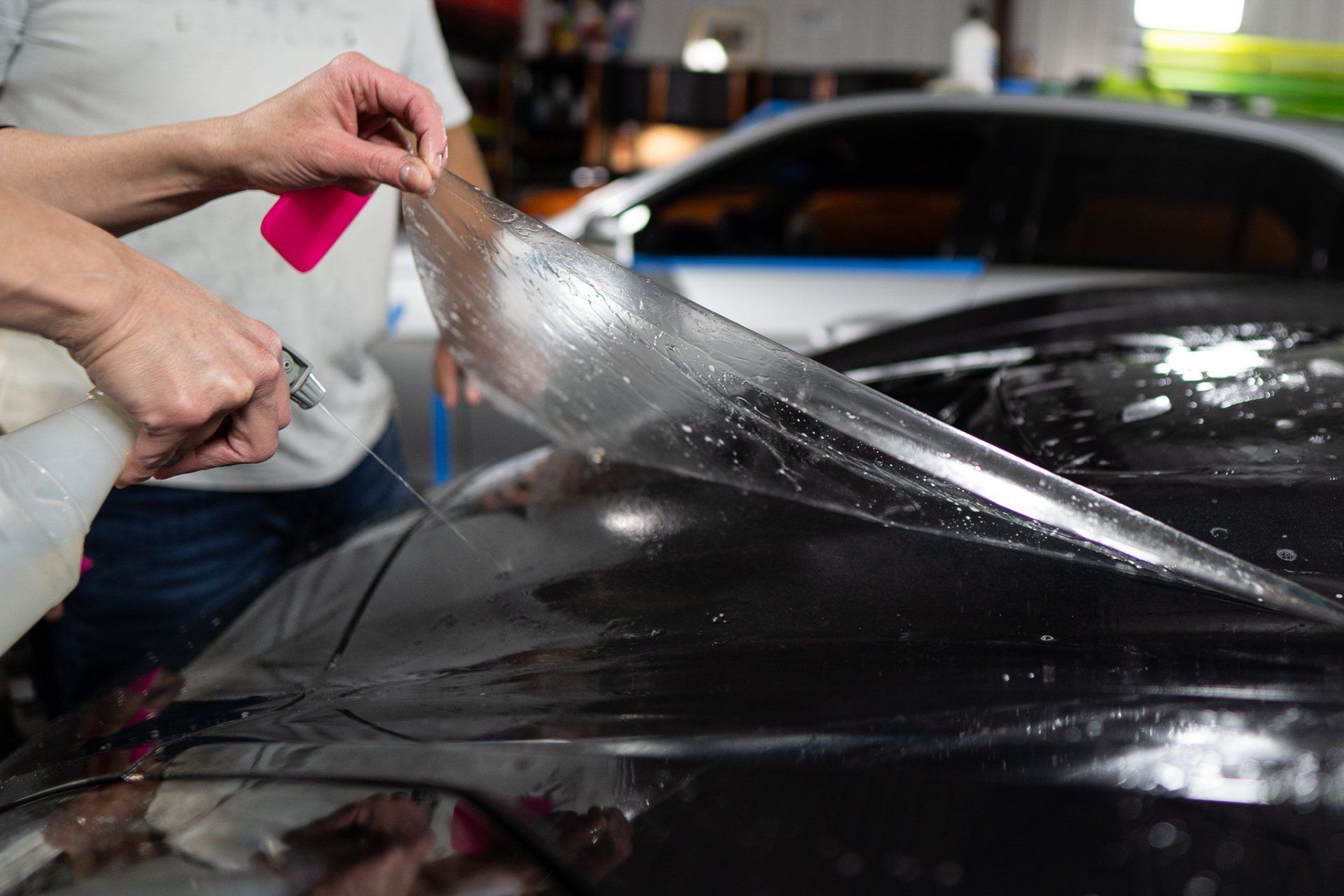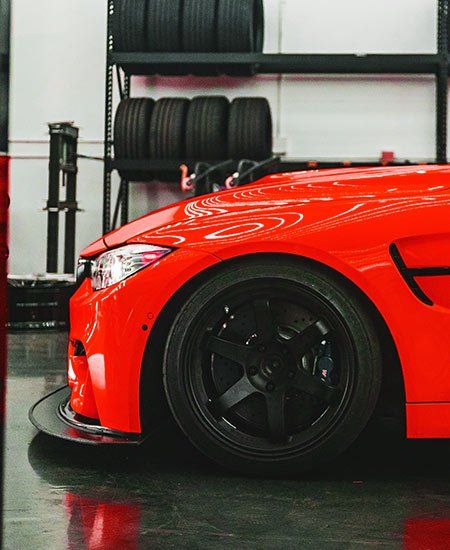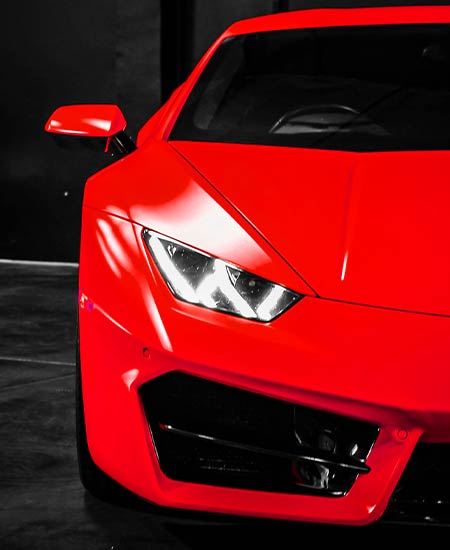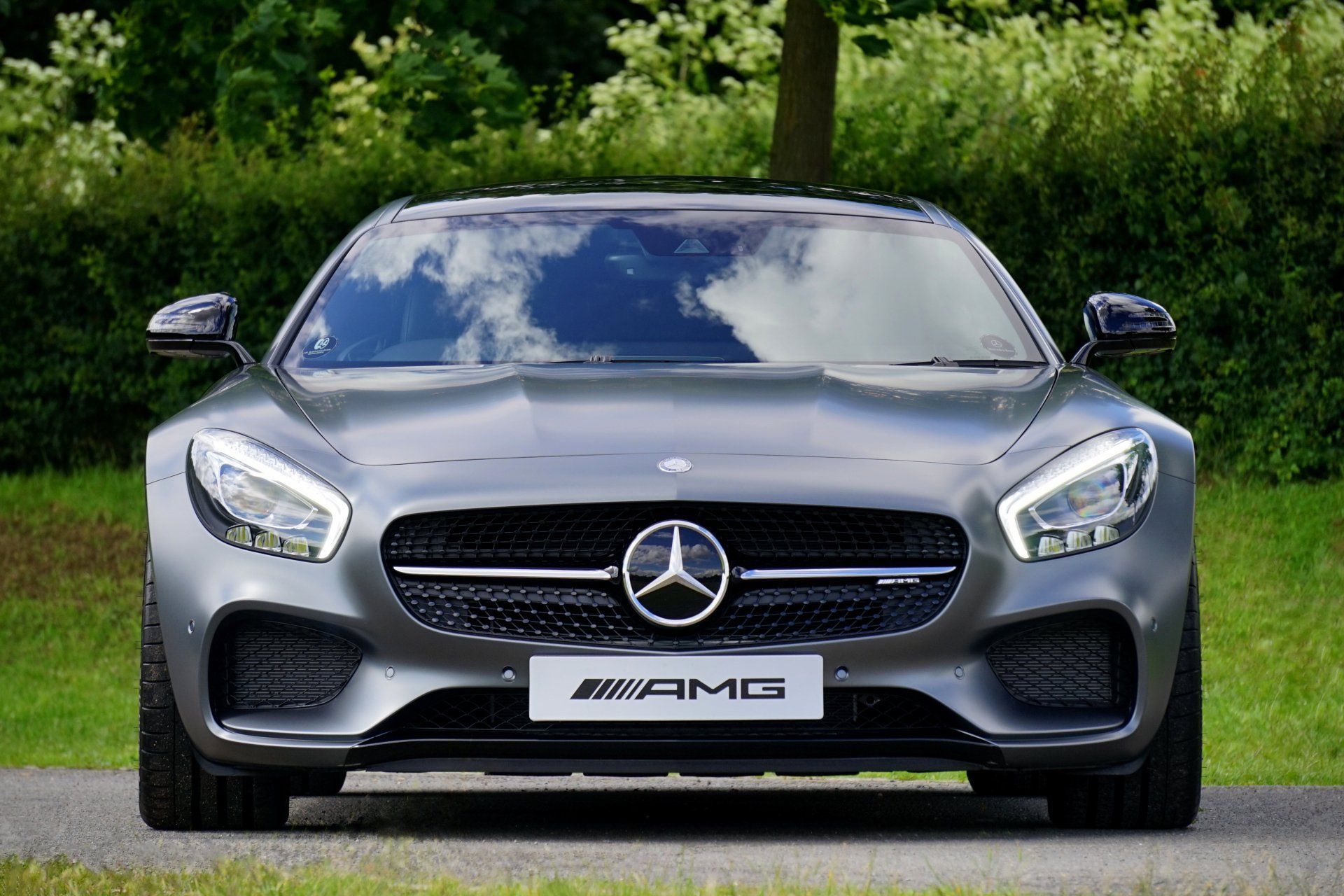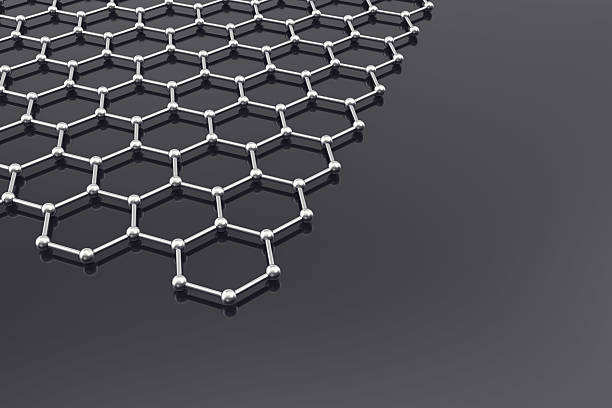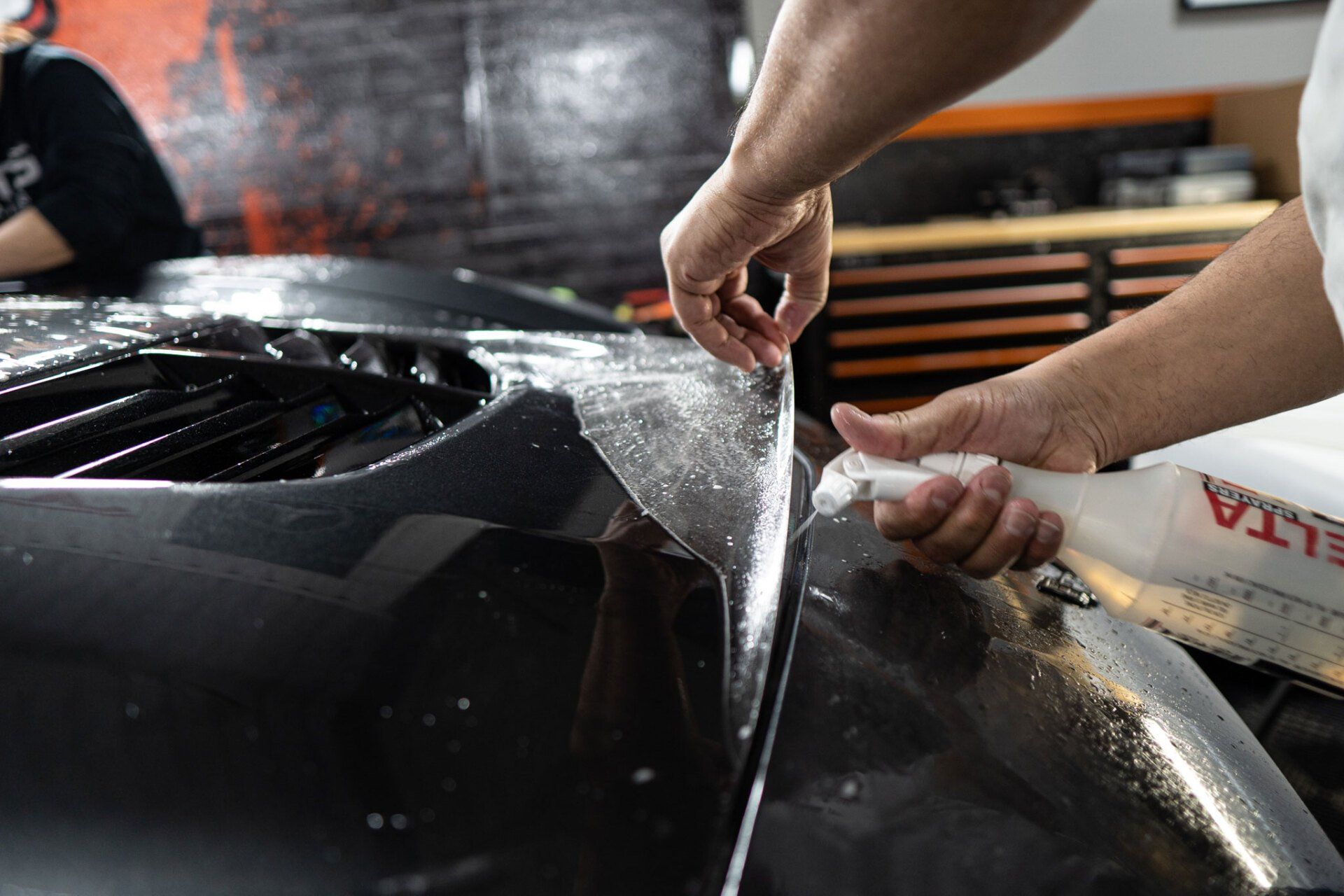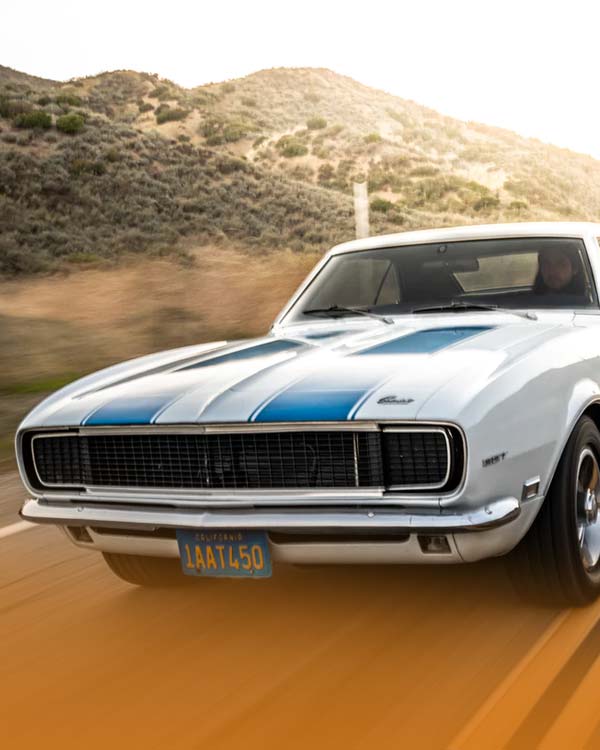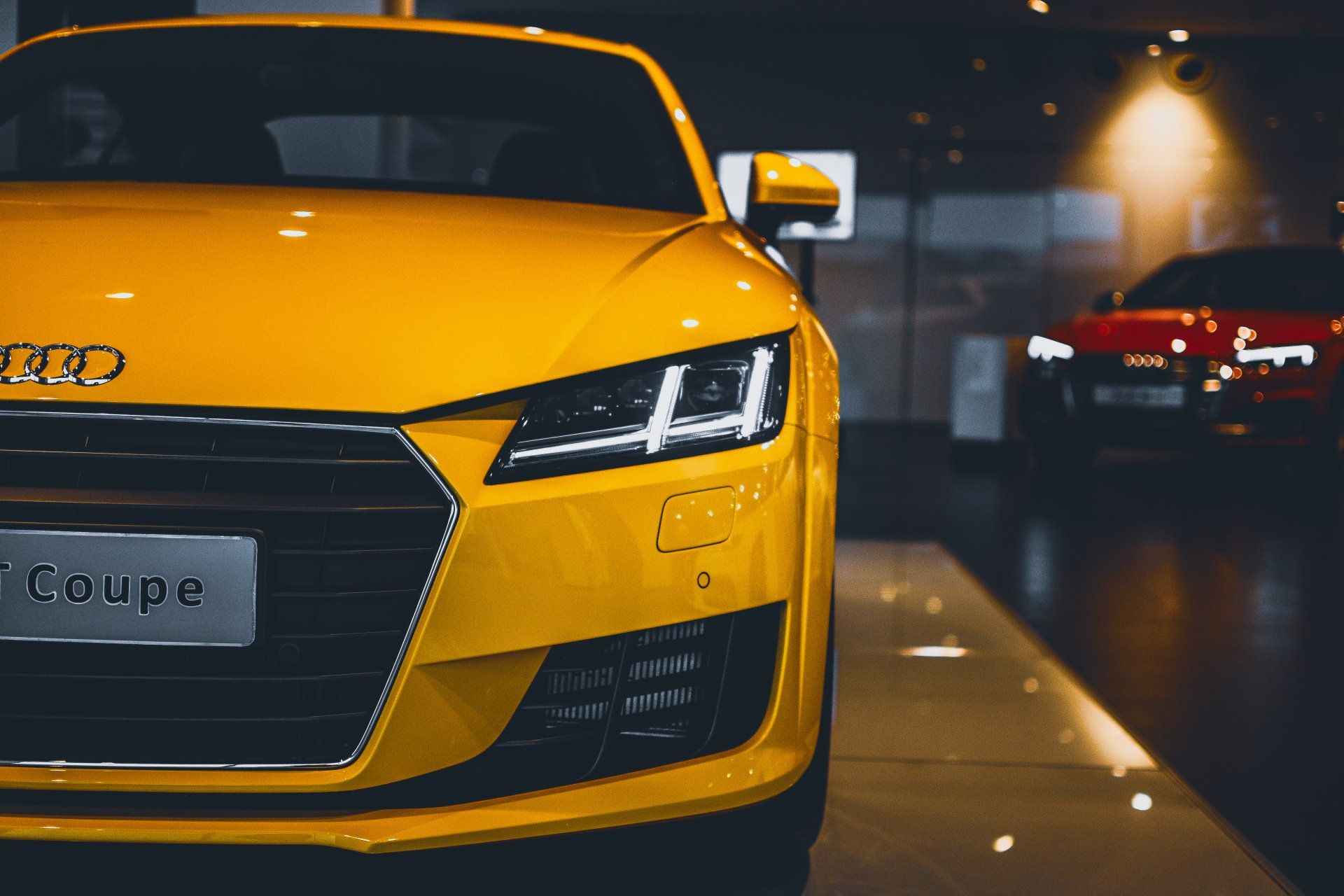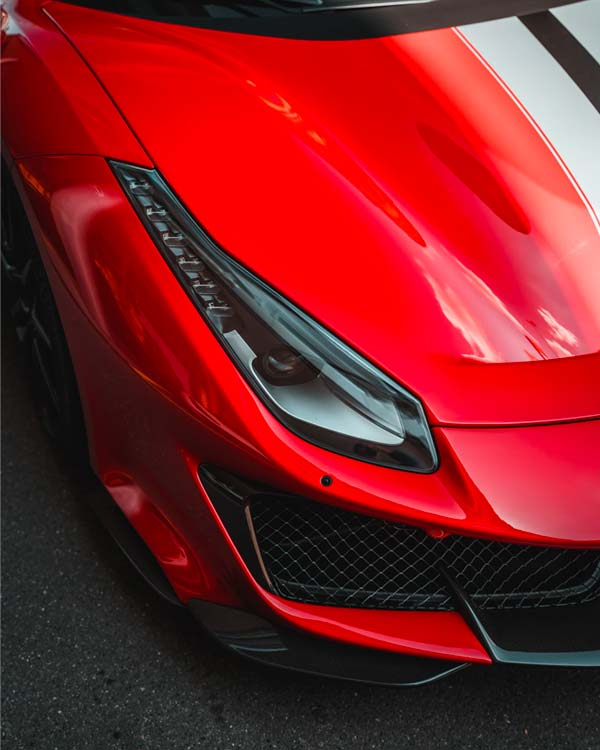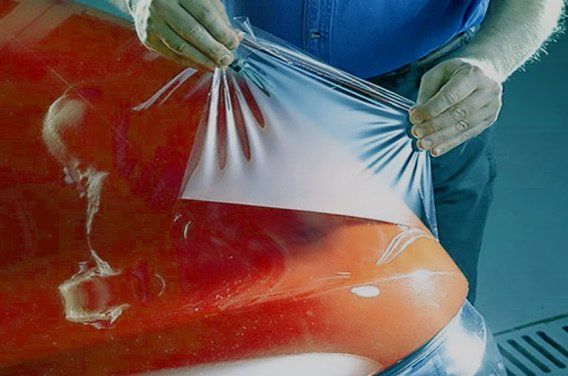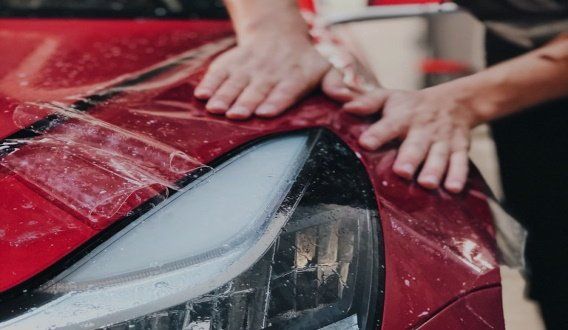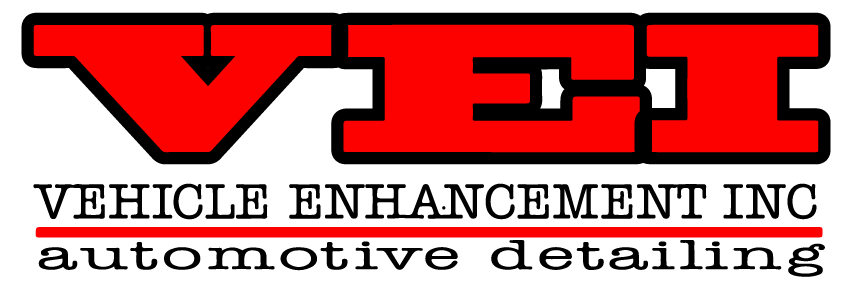Ceramic Coating Expiration: How Weather and Climate Impact Its Longevity
Ceramic coatings can significantly enhance the appearance and protection of your vehicle. Ceramic coatings provide a resilient barrier against scratches, dirt, and UV rays, but did you know that the weather significantly influences their longevity? Applying the coating alone is not enough; factors such as temperature, humidity, and even rain play a more significant role than you may realize. Understanding these elements can help you make smarter decisions about maintenance and care for your investment, highlighting the value of these protective coatings. Let’s dive into how different weather conditions affect the longevity of ceramic coatings and what you can do to keep your vehicle in top shape, emphasizing the benefits of informed care.
Weather and climate significantly affect the longevity of ceramic coatings; extreme temperatures can accelerate degradation while also impacting the curing process. Additionally, high humidity levels can prolong curing times and increase contamination risks, making it essential to choose UV-resistant coatings and perform regular maintenance to ensure optimal performance against environmental factors. These benefits can only be fully realized with a coordinated effort from your maintenance team.
Impact of Sun and UV Radiation
Sunlight, particularly its UV component, plays a significant role in how well ceramic coatings perform. While these coatings are excellent at providing a protective layer for your vehicle, they aren’t invincible. The intense energy from UV rays can break down the chemical bonds within the coatings themselves—a phenomenon highlighted by research from the National Renewable Energy Laboratory. This breakdown can lead to a notable decline in the coating's effectiveness and longevity over time, underscoring the value of using high-quality materials.
Preventative Measures
One of the simplest and most effective strategies for prolonging the life of your ceramic coating is to choose UV-resistant formulations specifically designed to resist degradation from prolonged sun exposure. When choosing a ceramic coating product, make sure you opt for those labeled as UV-resistant—it can make all the difference in maintaining the hard work you've put into protecting your vehicle. By selecting the right products, you enhance the benefits of your chosen protection strategy.
Additionally, consider where you park your car. Whenever possible, try to park in shaded locations or use a quality car cover when you're not using your vehicle. Not only does this minimize direct exposure to harmful UV rays but also lowers the risk of heat buildup inside your vehicle during those hot summer months. With solutions like reflective car covers available on the market today, it’s easier than ever to take these preventative measures, illustrating the benefits of strategic planning.
Also, don't forget regular maintenance strategies like hand washing with gentle products instead of abrasive chemicals that could compromise your coating's integrity. By combining these actions—from selecting the right ceramic coatings to being thoughtful about parking—you'll extend the life and effectiveness of that much-appreciated protective layer on your vehicle, reinforcing the value of ongoing care. Being part of a knowledgeable maintenance team is beneficial in this regard.
Staying informed and proactive about UV-related impacts allows vehicle owners to enhance their car's resilience against environmental stresses, thus deriving maximum value from their protective coatings.
This consideration naturally leads us into understanding how different weather conditions can further shape our approach to maintenance and protection. The need for reapplication and assessments of coating integrity is instrumental in ensuring continued effectiveness against environmental challenges like oxidation and resistance against contaminants.
Effects of Snow and Extreme Temperatures
Extreme cold and snow present unique challenges to ceramic coatings on vehicles, impacting both their longevity and effectiveness. When temperatures drop significantly, particularly below -10 degrees Celsius, the curing process of these coatings can slow dramatically. This sluggishness in curing translates into less effective bonding to the surface of your vehicle. As a result, the protective layer may not adhere as strongly, leaving your car vulnerable to environmental damage, such as oxidation, which can further weaken the surface barrier.
Temperature Fluctuations
Surprisingly, research conducted by the American Society of Civil Engineers has revealed that coatings exposed to severe cold show a staggering 25% higher rate of micro-cracking. These tiny cracks might seem insignificant at first, but they can permit moisture to infiltrate beneath the ceramic layer. Once that moisture gets trapped, it can weaken the integrity of the coating over time. Hence, it's crucial to be mindful of temperature fluctuations when managing your vehicle’s exterior, taking additional steps such as reapplication to maintain resistance to harsh conditions.
On top of that, snow adds another layer of complexity to this scenario.
Snow Buildup and Chemical Impact
Snow can carry road salts and a variety of chemicals utilized for ice management, both of which are notoriously corrosive. When snow accumulates on your vehicle and inevitably melts, it leaves behind residues that have the potential to erode the precious ceramic layer you have invested in. These substances cling stubbornly to your vehicle's surface and can cause long-term damage if not properly managed through consistent maintenance and potential reapplication.
To protect your investment, it's wise to establish a routine during snowy months that involves regularly rinsing your vehicle. Doing so will help wash away any harmful residues before they have a chance to take hold. A simple rinse not only helps preserve the integrity of your ceramic coating but also keeps your car looking sharp all winter long. Regular maintenance during harsh conditions is key to ensuring that your ceramic coating continues to provide you with superior protection against wear and tear caused by snow and extreme temperatures and maintains its resistance to environmental aggressors.
By understanding these factors—temperature fluctuations and the chemical effects of snow—you can take proactive steps to safeguard your vehicle's finish and maximize the longevity of its ceramic coating through timely reapplication when necessary.
As we navigate through these seasonal challenges, let’s explore how rain and increased humidity contribute further to the wear and tear on vehicles.
Rain and Humidity Challenges
The impact of rain and humidity on ceramic coatings is often underestimated, yet it plays a critical role in their longevity. When it rains, the water that falls isn't just plain H2O; it often carries with it a mixture of contaminants—including dirt, dust, and pollutants—that can cling to your car's surface. As rainwater evaporates, these contaminants can leave behind water spots and stains that mar the beautiful finish of your vehicle. More troubling is that, in humid conditions, moisture can facilitate the breakdown and oxidation of the ceramic layers that are supposed to protect your paint.
Increased Moisture Contamination
In fact, research shows that rainwater can trap acidic pollutants suspended in the atmosphere. These acids may accelerate the degradation of the ceramic layer over time. While living in a humid area poses unique challenges, it's not insurmountable. The preservation of your vehicle’s exterior can be significantly enhanced by understanding and utilizing proper coating services, which include a thorough application process.
Monitoring the direct impact of weather conditions on the effectiveness of ceramic coatings on your vehicle's exterior is crucial. The application process of ceramic coatings must be carefully managed to ensure successful adhesion and lasting preservation under varying weather influences.
Managing humidity levels isn't solely about waiting for sunny days; it requires proactive steps to ensure your vehicle remains protected even in adverse weather. Quality coating services can assist in the strategic application process by taking environmental factors into account.
Proper Curing Conditions
One of the best ways to combat humidity is by ensuring that curing takes place under optimal conditions. Think of curing like baking: if you don’t set the right temperature and humidity levels, your cake might come out soggy or unappetizing. Similarly, when applying a ceramic coating, having a controlled environment with low humidity is essential for proper bonding. To achieve this balance, consider using a dehumidifier in your garage while the coating cures. This device draws excess moisture from the air, creating an environment where the coating can adhere properly without interference from dampness.
Furthermore, always check local weather forecasts before applying any new layer of protection to your vehicle. If there’s rain expected within 24 hours after application, it might be smarter to delay until conditions are more favorable, ensuring the application process is uninterrupted.
Being aware of how rain and humidity affect ceramic coatings allows you not only to take preventive measures but also enhances your vehicle care routine overall. Understanding these dynamics helps ensure you choose the right products and apply them at appropriate times—ultimately prolonging the life of your investment and keeping your car looking its best.
Understanding how to shield your vehicle from environmental adversities will lay the groundwork for even broader protection strategies ahead. Comprehensive coating services may offer consultation on the best practices for application and long-term preservation.
Guarding Against Harsh Conditions
Guarding your vehicle's ceramic coating requires implementing certain protective measures and being aware of the challenges posed by harsh weather. Prolonged exposure to intense sunlight can degrade coatings over time, leaving your paint vulnerable to fading and damage. Similarly, prolonged exposure to extreme cold can cause materials to contract and occasionally crack, underscoring the importance of establishing a robust protection plan from the outset.
Protective Measures
One effective strategy is to invest in high-quality car covers. These covers act as formidable barriers against life’s unpredictable elements—whether it's relentless sun rays, heavy snow, or torrential rain. Car covers not only shield your vehicle from potential scratches but also prevent harmful UV rays from breaking down the ceramic layer, ensuring it retains optimal performance over many drives.
In addition to using car covers, it's essential to maintain a consistently clean exterior.
The importance of regular maintenance washes cannot be understated. Frequent washing will help eliminate dirt, grime, and other contaminants that can compromise the integrity of the ceramic coating. Use gentle cleaning solutions designed specifically for coated surfaces; avoid abrasive materials that could scratch the finish. Think of every wash as an opportunity to rejuvenate your vehicle's appearance while strengthening the protective barrier against harsh conditions.
Another proactive measure towards maintaining the life of your ceramic coating is through periodic updates.
Implementing a sealant refresh is another critical step in preserving your coating's effectiveness. By understanding the nuances of the application process and utilizing high-quality coating services, you can ensure the long-lasting preservation of your vehicle’s protective layer.
By reapplying a ceramic sealant every few months, you fortify the initial protective layer and enhance its ability to repel contaminants. This ensures that your investment continues to protect against weather-induced degradation, extending its glossy sheen and protective properties for years to come.
Regular maintenance of your coating isn’t just about aesthetics; it’s foundational in preserving your vehicle’s condition over time.
Following these tips creates a comprehensive approach that shields your vehicle from environmental onslaughts while keeping it looking sharp. Understanding these factors is crucial, especially as we turn our focus toward strategies tailored for varying climatic conditions that affect maintenance practices.
Consistent maintenance routines that factor in local environmental conditions will help keep your vehicle looking pristine through all four seasons. For personalized advice or assistance regarding ceramic coatings, feel free to reach out through
Veishop.com or call us at (937) 361-7993.
